10 Types of Valves | Functions of Valves
The mechanical device that controls the flow and pressure within a system or process is called Valves and there are many types of valves such as gate valves, globe valves, ball valves, etc. They are essential components of a piping system that conveys liquids, gases, vapours, etc.

There are many different types of valves. Each type has several models, each with different features and functional capabilities such as gate, globe, plug, ball, butterfly, check, diaphragm, pinch, control valves, etc.
There are the following functions of valves as given below;
- Starting and stopping the flow
- Increase or reduce the flow
- Controls the direction of flow
- Process pressure or regulating a flow
- Relive a pipe system
Types of Valves:
There are many types of valves as given below;
- Gate Valve
- Globe Valve
- Check Valve
- Plug Valve
- Ball Valve
- Butterfly Valve
- Hydraulic Valves
- Needle Valves
- Pinch Valve
- Disc Valve
Gate Valve:
These valves are the most common types of valves and are linear motion valves used to start or stop fluid flow these valves are in fully closed or fully open positions.

In almost all fluid services such as air, fuel gas, feedwater, steam, lube oil, hydrocarbon, etc gate valves are used and these valves provide good shutoff.
These valves are also used in wastewater plants, food processing facilities, and process plants.
Globe Valve:
To stop, start, and regulate the fluid flow globe valve is used and also used in the systems where flow control is required and leak tightness is also required.
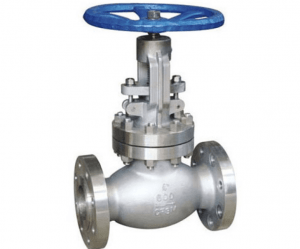
As compared to the gate valve the globe valve provides a better shut off and it is costlier. Depending on the requirements of the installation these types of valves can seal against the fluid flow.
Check Valve:
In the piping system, the check valve prevents backflow and these types of valves permit fluid to flow through them in one direction only. For high-pressure applications, these types of valves are also suited.
As globe valves, Lift-type check valves are similarly constructed and use a ball or piston and are often backed by a spring that opens under a specified pressure but it presents backflow as the pressure decreases.
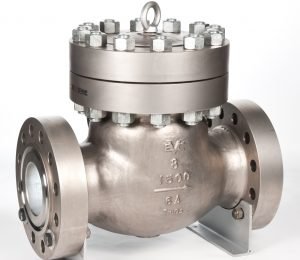
When multiple gases are mixed into one gas stream check valves are also used and to prevent the mixing of the gases in the source a check valve is installed on each of the individual gas streams.
Plug Valve:
These types of valves are Quarter-turn rotary motion valve that uses a cylindrical or tapered plug to start or stop the flow and the disk has a passage to pass the flow and is in plug shape.
As an on-off stop valve plug valve is used and is also efficient for providing bubble-tight shutoff and for high-pressure & temperature applications, a plug valve can be used in a vacuum.

For the chemical process industries, processing plants, and wastewater treatment facilities, these types of valves are used for shut-off and are used as control valves.
Ball Valve:
These types of valves are quarter-turn rotary motion valve that uses a ball-shaped disk to start or stop the flow and to operate the valve, most ball valves are of the quick-acting type which requires a 90° turn of the handle.

These valves are smaller and lighter than a gate valve and for flow and pressure control and shut off for corrosive fluids, slurries, regular liquid, and gases, ball valves are used.
Butterfly Valve:
This valve is a quarter-turn rotary motion valve and the specification of this valve includes port connection, valve size, and the materials that make up the valve body, its seat, seal, stem packing, and disc.
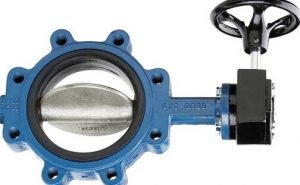
To stop, regulate, and start the flow, these types of valves are used and for large valve applications due to the compact, lightweight design that requires considerably less space butterfly valve is also suitable.
Hydraulic Valves:
To control fluid flow in hydraulic fluid power systems hydraulic valves are used and these types of valves are mechanical or electromechanical devices. In stationary systems, they are actuated electrically and in mobile systems, they are actuated manually.
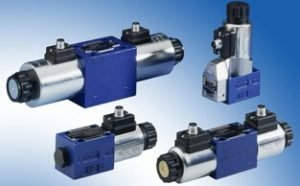
The specifications of this valve include valve type, actuator type, port connections, number of ports, port configuration, pressure ratings, and materials of construction.
On construction machines like backhoes, loaders, etc, and also in an abundance of stationary systems such as balers and presses, these types of valves are used.
Needle Valves:
Needle valves have sharp needle-like disks and are similar to a globe valve in design and these types of valves are designed to give very accurate control of flow in small diameter piping systems.
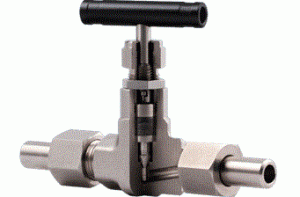
In vacuum systems and for metering systems where precise flow regulation is required, needle valves are used.
Pinch Valve:
A pinch valve is a linear motion valve used to start, regulate, and stop fluid flow and is also called a clamp valve. To control the fluid pinch valve use a rubber tube and a pinch mechanism.
For the handling of slurries, liquids with large amounts of suspended solids and systems that convey solid material pneumatically, these types of valves are ideally suited.
Disc Valve:
To control flow through a pipe these types of valves are used and consist of a round flat plate mounted to the end of a stem that enters the pipe at 45 degrees.

In food processing applications, disc valves are almost exclusively found. In the food, pharmaceutical, and dairy industries these valves are used.
Functions of Valves:
There are many functions of valves such as;
- Starting and stopping a fluid flow, and let pass the process fluid or halt the fluid depending on whether a valve is open or closed.
- Throttling the fluid flow depends on the open percentage of the total opening, some of the valves let you throttle the fluid, and if the opening is less then there will be higher throttle.
- Valves provide controlling the direction of fluid flow and multiport valves let you decide the way fluid will go.
- Within the piping system, valves regulate flow or pressure, and by adjusting opening and closing some of the automatic control valves maintain the flow and pressure within the system.
- From the piping system and equipment, it relieves pressure or vacuum and from overpressure, vacuum, and pressure relief valves safeguard the processing system.
